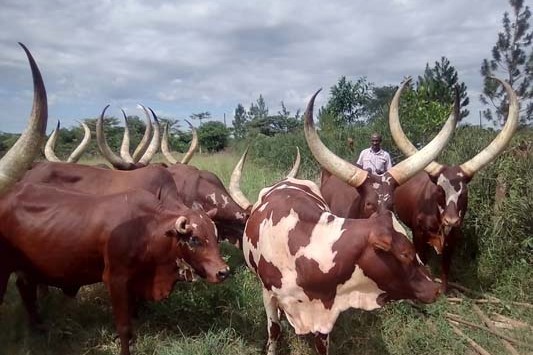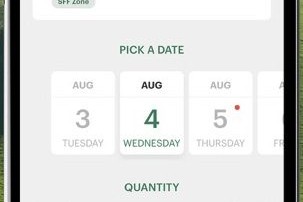By Anne Hardie
When the Government’s Covid-19 Protection Framework moves the traffic lights to red in a region, farmers will need a plan to know how they will continue to operate their business with higher risk and more restrictions.
The traffic light system assumes Covid-19 is in the community, but about 90% of eligible New Zealanders will be double vaccinated. The higher the risk, the more restrictions and public health measures, beginning with green and moving up to red as the risk increases.
Green is when there are some Covid-19 cases in the community, limited community transmission and hospitalisations are at a manageable level.
Orange kicks in when there is increasing community transmission that is putting pressure on the health system and there is an increasing risk for at-risk people.
Red is the high-alert level when more action is needed to protect at-risk people and protect the health system from an unsustainable number of hospitalisations.
On the farm, there are the basics to follow regardless of the traffic light system, including social distancing, mask wearing, cleaning protocols and personal hygiene through to isolation of anyone on the farm who has, or may have Covid-19, and vaccination.
Pāmu Farms has created a manager’s guide under the traffic light system and head of health, safety and wellbeing, Mark Ogilvie, is quick to point out that the plan will be continually updated as the industry learns how to operate at different Covid-19 levels.
For the most part, he says its managers – and it’s the same for anyone in charge of dairy farms – will be following the basic precautions they have already had in practice to keep people safe and that is knowing where everyone coming on to the farm has been and what risks they might bring to the farm.
“The nub of the issue is that internally on the farm we have an understanding of where our people are and what their level of exposure has been. But if you have contractors or vets coming on, then you can’t guarantee where they have been and you have to base it on trust where they have been and if they are vaccinated or not.”
It comes down to mitigating the risks and when there are large outbreaks of the virus in a region that push it into the red light, those on the farm will need a plan, albeit flexible, to ensure
business continuity. As Mark says, it won’t take much for some rural regions to reach the red light setting because their healthcare facilities may quickly become overwhelmed with a Covid-19 outbreak.
At the green light, which is when there are only a few Covid-19 cases in the community, life on the farm is pretty much the same as it has been since the virus has been in the country, with basic precautions taken to keep people safe from Covid-19 or risking its transmission.
As community transmissions increase and the region moves to the orange light, Pāmu farms is planning to allow visitors and contractors onfarm without vaccination certificates. However, certificates will be encouraged and extra precautions will be taken when they don’t have one. Everyone on the farm can still travel to other green and orange regions and gatherings can continue without limitations using vaccination certificates.
Once a region moves into a red light, operations on the farm will need to be reviewed and potentially reduced where social distancing cannot be conducted with the basic precautions.
Pāmu has decided visitors will not be allowed onsite and in most cases contractors will be required to provide vaccination certificates to work on farms. It will also halt all staff travel to and from red regions.
Managers and farmers are going to have to be prepared to be flexible as Covid-19 goes through different phases in each region.
Mark says the industry went through lockdown during calving, so farmers know they can basically shut the gate and continue to operate in isolation if they have to and that is reassuring.
Reviewing the basics and ensuring they are all in place is an obvious place to start the process to getting a plan in place.
Federated Farmers’ policy advisor Julie Geange says many farmers still don’t have a Covid tracer QR code at the farm entrance which is a vital part of the puzzle for contact tracing.
Farmers can get one online at www.covid19. govt.nz/business-and-money/businesses/get-your-qr-code-poster/.
Federated Farmers has developed a checklist that covers the farm’s particulars, minimising the risk, through to requirements for managing the farm during a Covid-19 outbreak onfarm. It is aimed at getting farmers prepared for a Covid-19 positive case turning up on the farm, but it can also be used to help develop a plan to ensure business continuity as the virus spreads through a community.
Farmers need to think ahead about how they can minimise the risk to the farm, animals and staff, with a plan in place for when there is a close contact or someone on the farm gets Covid-19.





